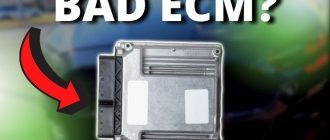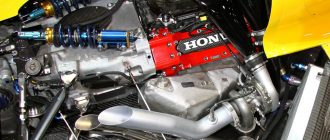How a 4-Car Engine Works
The Basics
A 4-car engine is a type of internal combustion engine that uses four cylinders to generate power. The cylinders are arranged in a line, and each cylinder has a piston that moves up and down inside it. The pistons are connected to a crankshaft, which converts the up-and-down motion of the pistons into rotary motion. The rotary motion of the crankshaft is then used to drive the wheels of the car.
The Four Strokes
The 4-car engine operates on a four-stroke cycle. The four strokes are:
1. **Intake stroke:** The intake valve opens, and the piston moves down the cylinder. This creates a vacuum that draws air and fuel into the cylinder.
2. **Compression stroke:** The intake valve closes, and the piston moves up the cylinder. This compresses the air and fuel mixture.
3. **Power stroke:** The spark plug ignites the air and fuel mixture, and the resulting combustion forces the piston down the cylinder. This is the stroke that generates power.
4. **Exhaust stroke:** The exhaust valve opens, and the piston moves up the cylinder. This forces the exhaust gases out of the cylinder.
The Components of a 4-Car Engine
The main components of a 4-car engine are:
* **Cylinder block:** The cylinder block is the main housing for the engine. It contains the cylinders, pistons, and crankshaft.
* **Cylinder head:** The cylinder head sits on top of the cylinder block and contains the valves and spark plugs.
* **Pistons:** The pistons move up and down inside the cylinders and compress the air and fuel mixture.
* **Connecting rods:** The connecting rods connect the pistons to the crankshaft.
* **Crankshaft:** The crankshaft converts the up-and-down motion of the pistons into rotary motion.
* **Valves:** The valves control the flow of air and fuel into and out of the cylinders.
* **Spark plugs:** The spark plugs ignite the air and fuel mixture.
How a 4-Car Engine Works
The 4-car engine operates on a four-stroke cycle. The four strokes are:
1. **Intake stroke:** The intake valve opens, and the piston moves down the cylinder. This creates a vacuum that draws air and fuel into the cylinder.
2. **Compression stroke:** The intake valve closes, and the piston moves up the cylinder. This compresses the air and fuel mixture.
3. **Power stroke:** The spark plug ignites the air and fuel mixture, and the resulting combustion forces the piston down the cylinder. This is the stroke that generates power.
4. **Exhaust stroke:** The exhaust valve opens, and the piston moves up the cylinder. This forces the exhaust gases out of the cylinder.
The crankshaft converts the up-and-down motion of the pistons into rotary motion. The rotary motion of the crankshaft is then used to drive the wheels of the car.
Conclusion
The 4-car engine is a versatile and efficient type of engine that is used in a wide variety of vehicles. It is a reliable and durable engine that can provide many years of service.




